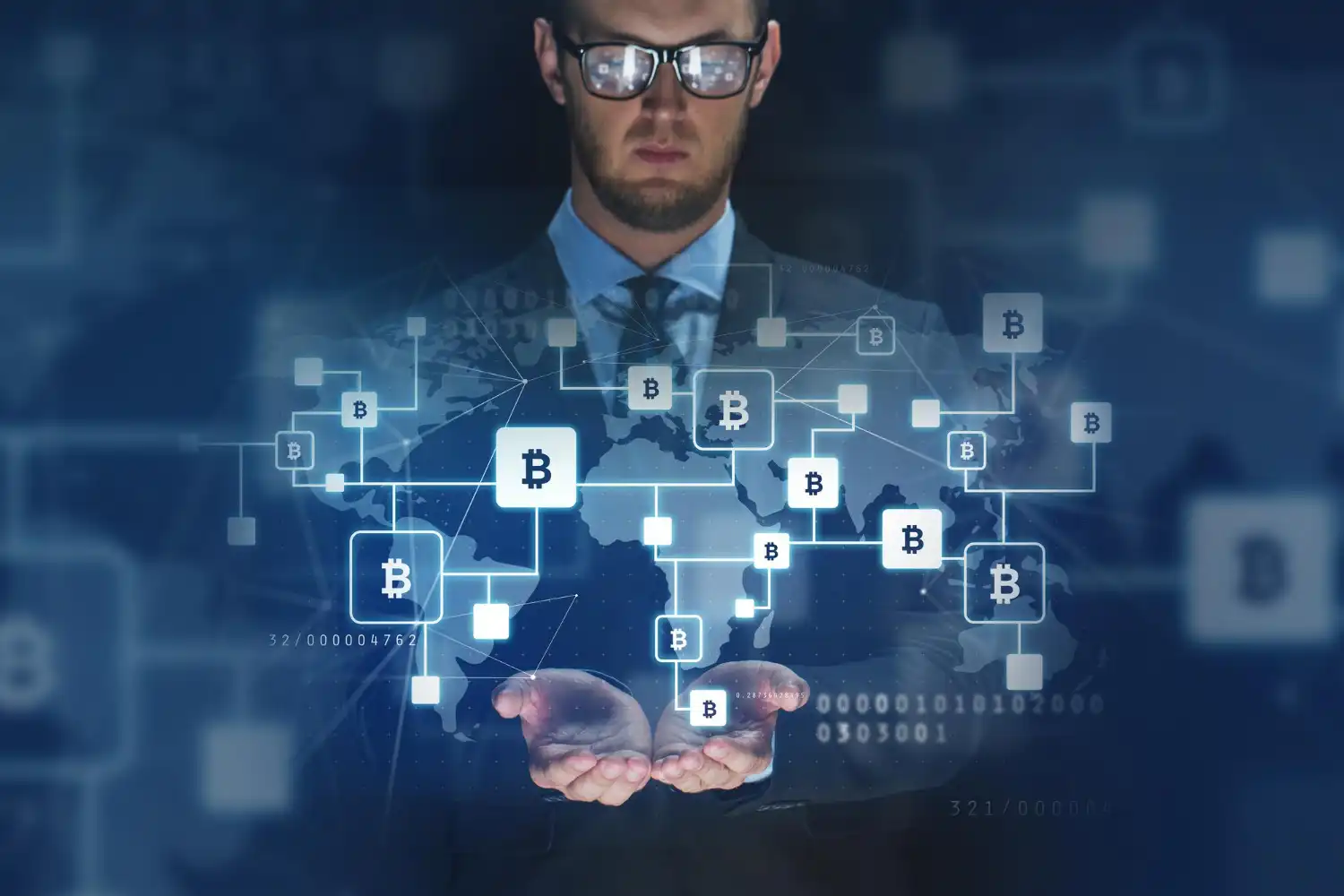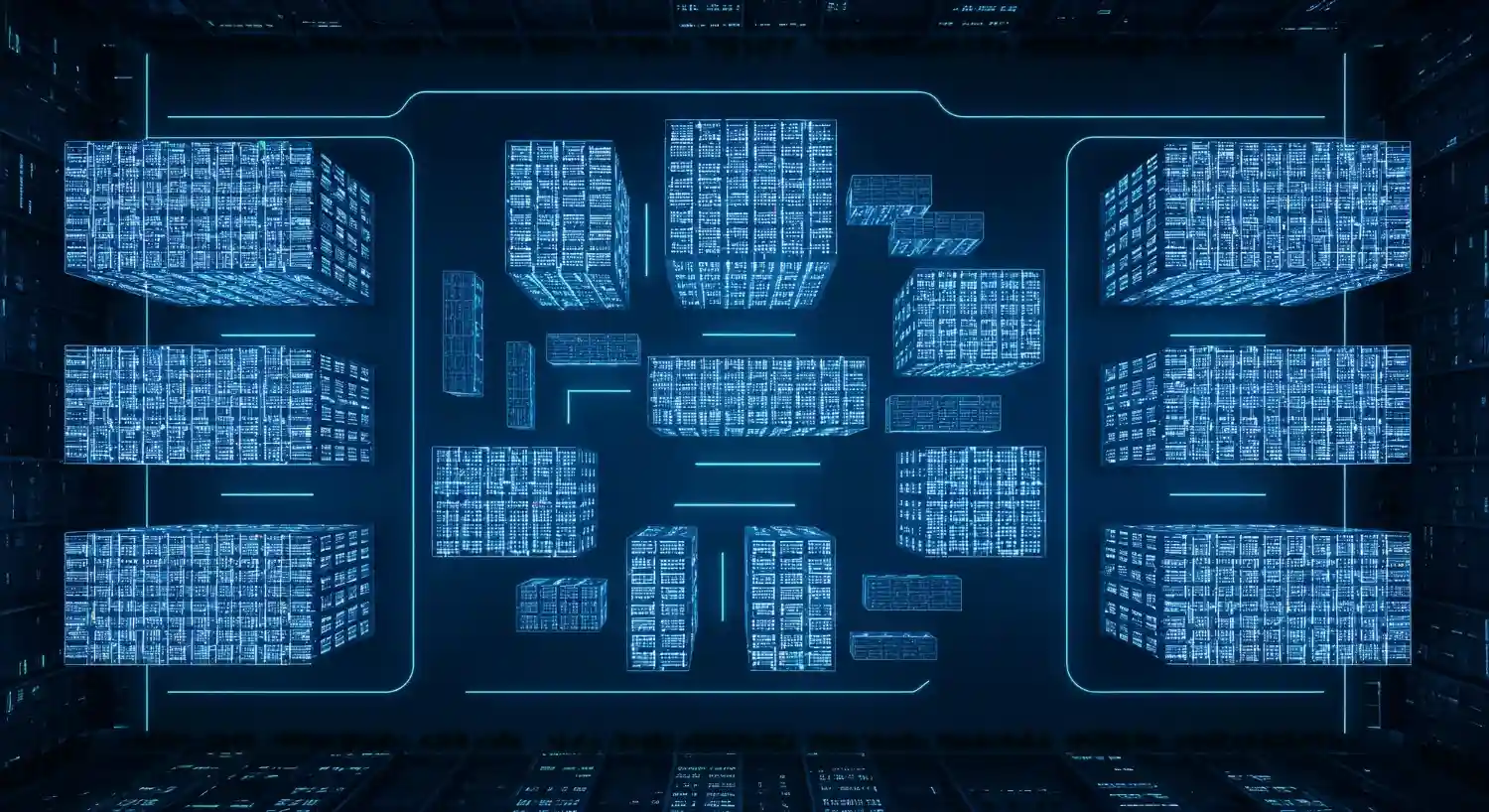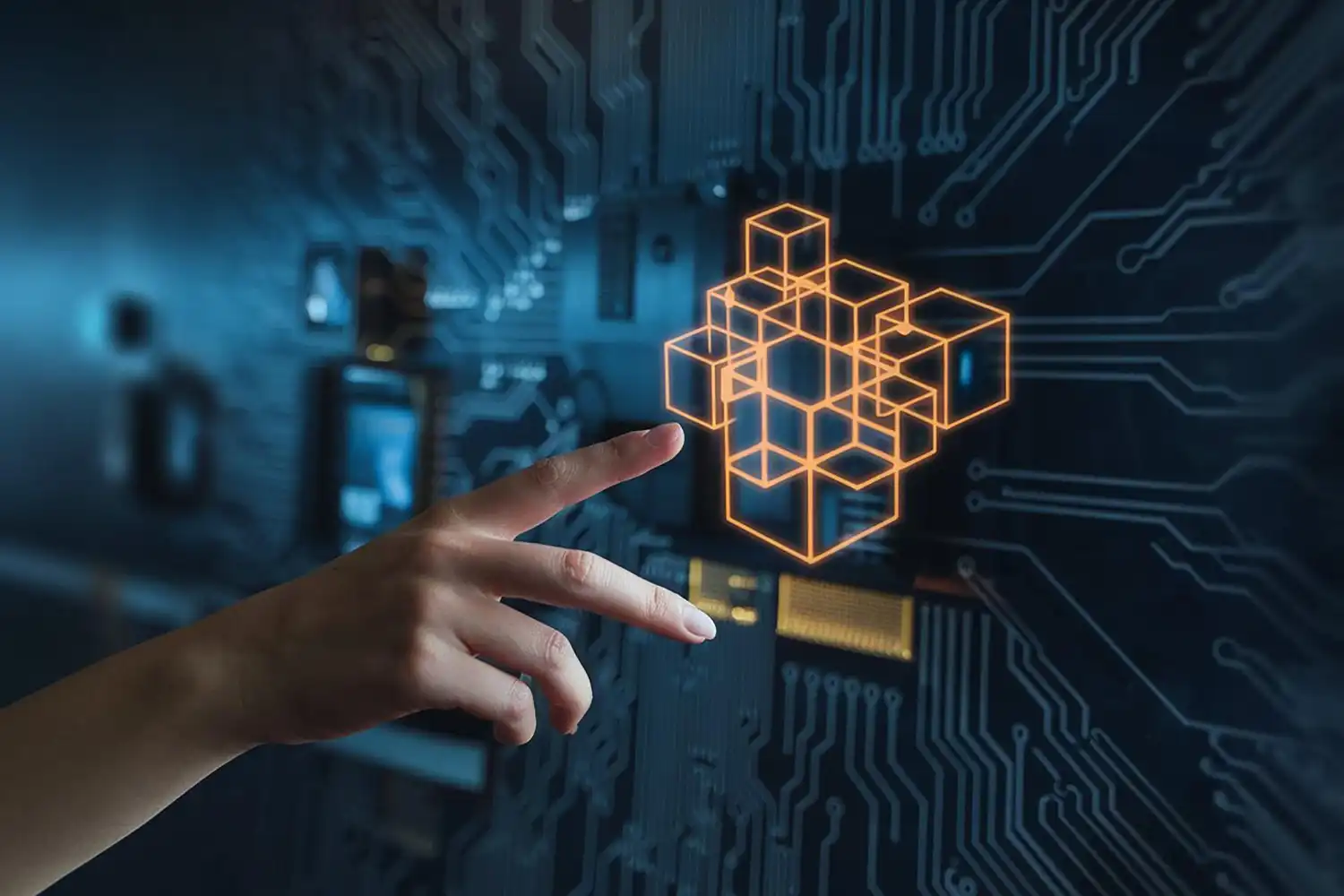
Introduction
This article presents a perspective into the application of blockchain technology in theory, yet with practical use in development scenarios, it is a whole new ball game. To developers who are used to APIs, mobile applications, and back-end infrastructure, blockchain technology offers special possibilities to improve the current systems, but not to create a new one altogether.
The point is that blockchain technology is not the reinvention of the basic development practices. Rather, it brings new functionality that augments traditional software architecture that offers solutions to challenges that have long afflicted distributed systems and multi-party applications due to the complex network of APIs, banking intermediaries, and delays in settlement.
Payment Systems Enhancement
There are numerous behind the scenes operations when the users make a payment such as verifying the transactions, running risk assessment and reconciliation processes that take days to complete which are unique advantages of the blockchain based payment systems.
- Final settlements in transactions are done in seconds as opposed to days hence immediate confirmation of payments being made
- All transactions can be audited and verified and provide a transparent record that can be verified by all parties independently
- Geographic limits are removed and this allows borderless payments without using the traditional correspondent banking and without delays of converting currencies
Creator Payments, Micro-transactions in streaming, and automated agency-based financial processes Programmable value transfer can have considerable benefit over legacy systems.
This is not a replacement of the current payment provider but rather an enhancement in situations where global access is required, lower charges or greater transparency.
Digital Credentials and Identity Verification
Especially in areas where the user can access centralized databases, such as educational diplomas, professional licenses, and certification records. Market verification normally involves calling the issuing organization, visiting certain portals, or just hoping that the records of verified credentials can be accessed over the years, blockchain-based credential systems change this model as users can now own and manage their own verified credentials directly.
- Credential presentations can be done by recipients to any requesting party without the need of third parties or issuers
- Blockchain ensures that the verification process is real-time and direct and that the integrity of the data is maintained over a long period without chances of unauthorized alterations
Instead of substituting the current identity providers, blockchain complements such systems by providing portable, verifiable credentials, which can work across organizational borders and platform. This system offers more user control and less administrative overhead on verification procedures.
Modular Financial Infrastructure
Rigid API closures, stringent permission systems, and unmanageable vendor relationships characterize traditional financial application development. The development of simple financial technologies such as savings accounts or peer-to-peer lending websites can be complicated by numerous integrations, regulatory frameworks, and long approval periods.
Blockchain can be used to build the base building blocks of finance that act like the open-source software libraries. Developers have access to on-chain liquidity and financial logic without having to write a custom integration or negotiate with a vendor.
Transform Your Financial Applications
Build modular financial infrastructure with blockchain technology today.
Multichain Application Architecture
Multichain becomes the future of blockchain development; instead of one blockchain standard dominating an industry, various networks can be created and used to build applications with much more economic requirements through code. This is reflective of current development practices in which teams have many programming languages, cloud providers, and targets of deployment depending on the requirements and capabilities.
- The user interfaces are able to connect to more than one network in a blockchain and offer interfaces across ecosystems
- Interoperability tools can be run across multiple chains without being fragmented or less functional, providing bridging between blockchain functionality and traditional software systems
Supply Chain Transparency and Data Verification
Standard supply chain systems create areas of uncertainty in every handoff point between participants. Approval verifications, authenticity checks, and data integrity verification is difficult with multiple parties operating different systems with low levels of transparency, since blockchain based supply chain systems will create timestamps and cryptographic signatures on each step of the process.
- People who are involved in contributing to it are verified by their own key, and this provides a document of participation and acceptance
- Any participant in the workflow can check the integrity of data without having to access the entire system or have administrative rights to perform tasks such as resetting passwords, recovering accounts, or having centralized database management and administration overhead
Blockchain provides an immutable audit trail that eliminates the need for centralized verification systems.
Decentralized Identity and Access Control
The conventional identity systems use centralized providers to process user accounts, password resets, and account recovery operations. Identity systems built on blockchain reverses this model by allowing users direct control over their identifiers and credentials by using email confirmations and administrative processes to prove their identity.
It does not require the storage and manipulation of sensitive personal information to confirm user claims; this is due to the fact that the applications can verify their claims.
Autonomous Agent Infrastructure
The increasing sophistication of artificial intelligence agents and automated systems requires some kind of portability and greater security measures, especially where data privacy and user autonomy are the main concerns.
Blockchain infrastructure allows agents to execute actions on a predictable and verifiable set of rules and constraints that any party may view and establish as effective. Smart contracts have the ability to own accounts, perform transactions through programmed logic and not through the personal control of a user.
Integration Strategy of Modern Development
Blockchain can be understood as a supplement to, and not a substitution of, the technology layers that developers use to develop their contemporary software solutions.
- It offers a data storage layer, which is verifiable and tamper-proof and which is trusted by multiple parties without intermediaries
- Using the technology allows coordination among systems and organizations that is trustless and assures programmable execution guarantees
- Blockchain is also used to produce infrastructure of globally distributed, user-owned identity and digital assets which can communicate with systems across organizational borders
It can be in finance, in education, in logistics or in new fields such as agent-based systems: the key is that blockchain offers the right solution to some tasks that were previously impossible practically or economically.
Getting Started with Practical Implementation
To developers wishing to learn more about these concepts by practicing them, practical workshops can offer the ability to work with blockchain development tools and blockchain development frameworks directly. The sessions are usually about the construction of applications with the help of the well-known programming languages such as Python or TypeScript and the investigation of the smart contract development within the frames of well-organized and step-by-step formats.
The learning process is also oriented on the understanding when the blockchain technology is the right option and when the traditional approaches are still more appropriate. The latter can play around with concepts, pose questions, and create deployable code, and those learning opportunities are typically not limited by any pertinent blockchain experience, allowing developers interested in exploring how the technology could improve their existing projects and capabilities to participate in such educational activities.


